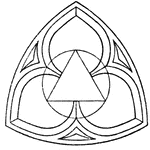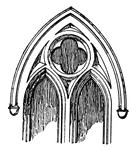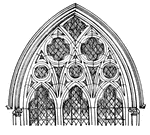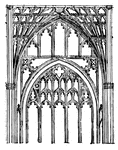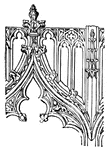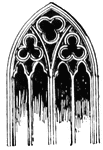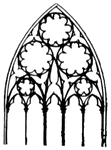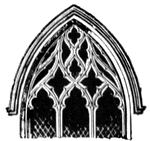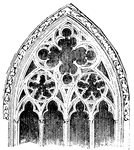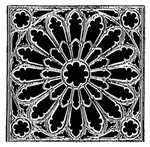Tracery
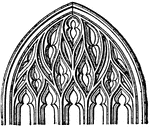
Flamboyant Tracery
This tracery shows the flamboyant style of Gothic architecture which was popular in France from the…

Plate Tracery, Charlton-on-Oxmore
With the growth in size of the windows and the progressive suppression of the lateral walls of vaulted…
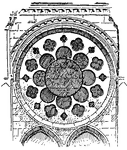
Plate-tracery
In medieval architecture, a form of tracery in which the openings are cut or pierced in slabs of stone,…
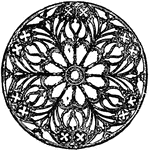
Rose Window
"A Rose Window is a circular window, divided into compartments by mullions and tracery radiating from…
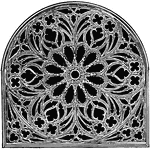
Rose Window, Church of St. Ouen, Rouen
A Rose window (or Catherine window) is often used as a generic term applied to a circular window, but…
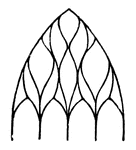
Tracery
Tracery is the intersection in various forms of the mullions in the head of a window or screen.

Tracery
Tracery is the intersection in various forms of the mullions in the head of a window or screen.
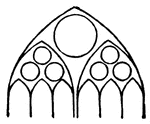
Tracery
Tracery is the intersection in various forms of the mullions in the head of a window or screen.

Tracery
Tracery is the intersection in various forms of the mullions in the head of a window or screen.

Tracery Foliations
The tracery on the windows of La Sainte-Chapelle, in Paris, France shows foliations: a leaf pattern…

Tracery of Rouen Cathedral
"Flamboyant Tracery, Rouen Cathedral, Normandy" showing the intersecting ribs of tracery in windows…

Gothic Architecture St. Margaret's Chapel Tracery
The window tracery from St. Margaret's Chapel, Herts from fourteenth century. The tracery is fitted…
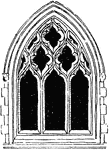
Large Gothic Window Tracery
A Gothic architectural window tracery commonly used during the fourteenth century. These windows were…
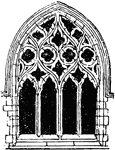
Small Gothic Window Tracery
A Gothic tracery window made of stone, and commonly found in Gothic architecture during the fourteenth…
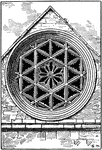
Gothic Architecture Rose Hexagonal Window
A rose window from the Bishop's Palace at Southwark. Rose windows fitted with stained glass are common…

Gothic Style Window
Gothic architecture is a style of architecture which flourished during the high and late medieval period.…

